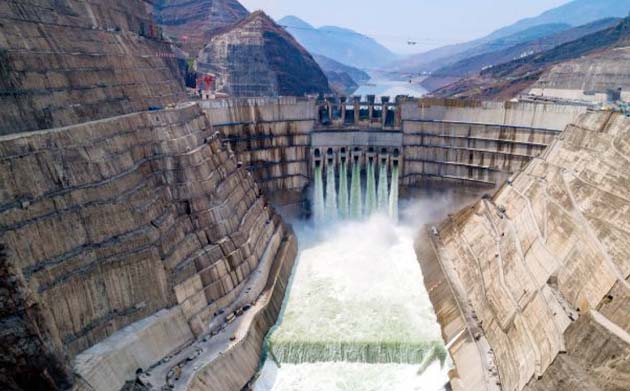Hydro Power
Harnessing the Power of Water
Supporting the Growth of Renewable Energy
Renewable power is growing robustly around the world, contrasting with the sharp declines triggered by the Covid-19 crisis.
Power derived from water sources also known as hydro power can be harnessed and used by us to replace expensive nonrenewable toxic and pollutant energy supplies currently in use.
Hydro power has been used by humans since ancient times, human’s diverted water in ancient Egypt, Mesopotamia, ancient India and ancient China for irrigation, clean water and farming purposes creating agriculture and modern civilization.
Watermills have been used to power and operate a number of important ancient devices such as mills (cloth, saw and many other mills), watermills were also used to raise the height and then decrease the height of various devices used in ancient trading, docking and mining. Water power was even used to generate power for a device which also powers more devices such as a trompe.
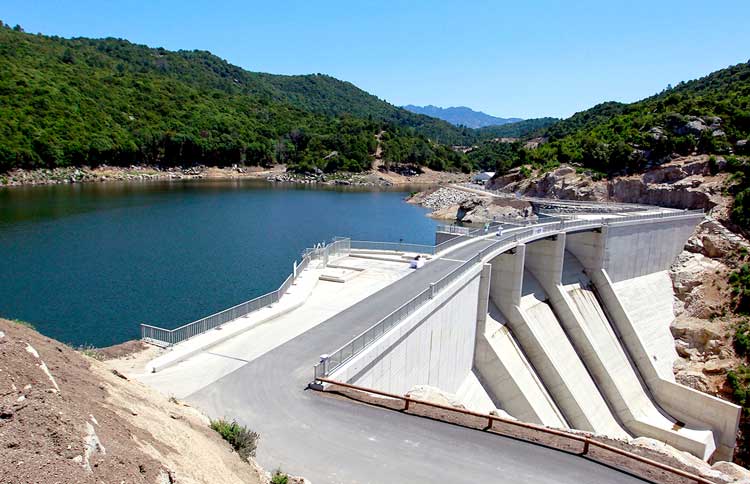
The Power of Water
Types of Hydropower
Three types of hydropower facilities are currently in use: impoundment, diversion, and pumped storage. Hydropower facilities vary with their use of dams and reservoirs, that some do and some do not have the flexibility is another advantage of hydropower as opposed to the rigid extraction of fossil fuels. Another benefit of hydropower is they can range in size depending on the needs of the users or operators.
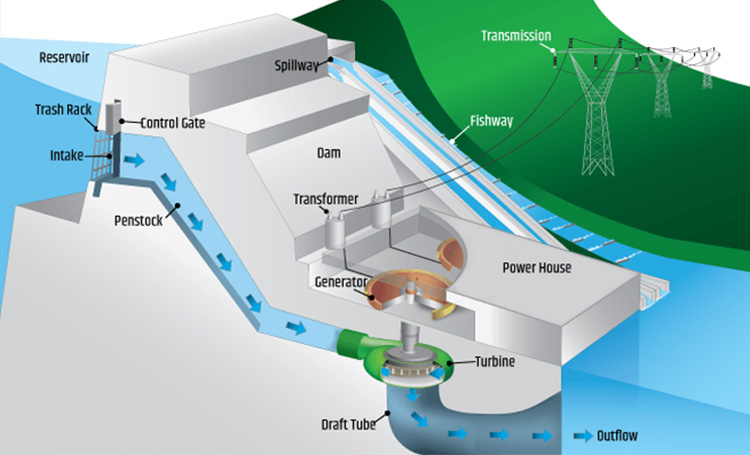
Impoundment
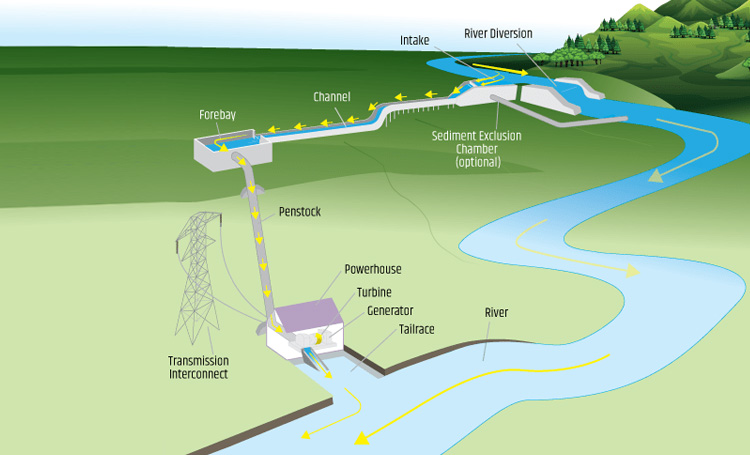
Diversion
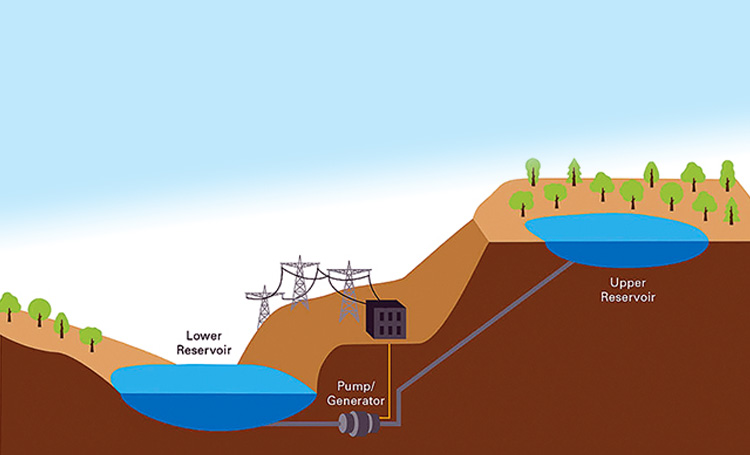
Pumped Storage
During the 1800’s, water power became the basis for producing electricity.
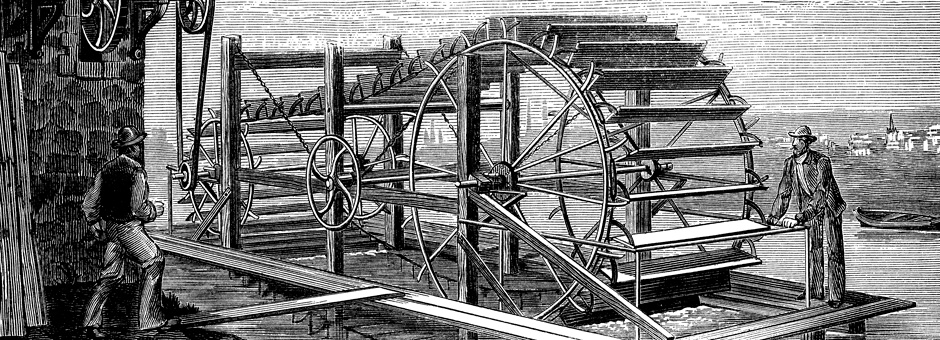
Hydropower has advanced and changed significantly since the dawn of the 20th century to make it much more efficient and the term hydropower now reflects the modern hydropower stations.
A water source can be assessed by its accessible power. Its power estimation can be derived from the hydraulic head and rate of fluid flow. The hydraulic head is the unit mass of water also known as the energy per unit. The head can also be static or dynamic, a static head included the difference in water rise and fall whilst a dynamic head is related to the movement of flow of the water source. Each unit of water can do an amount of work equal to its weight times the head.
Worldwide institutions and academies such as the United Nations, the European Union, the Association of South East Asian Nations, the African Union, Cambridge and Oxford university, Harvard, Friends of the Earth, Greenpeace, Worldwide fun for nature (WWF) and the World Bank view hydropower as the future and the means for socio-economic development without adding substantial amounts harmful and toxic chemical to the planet.
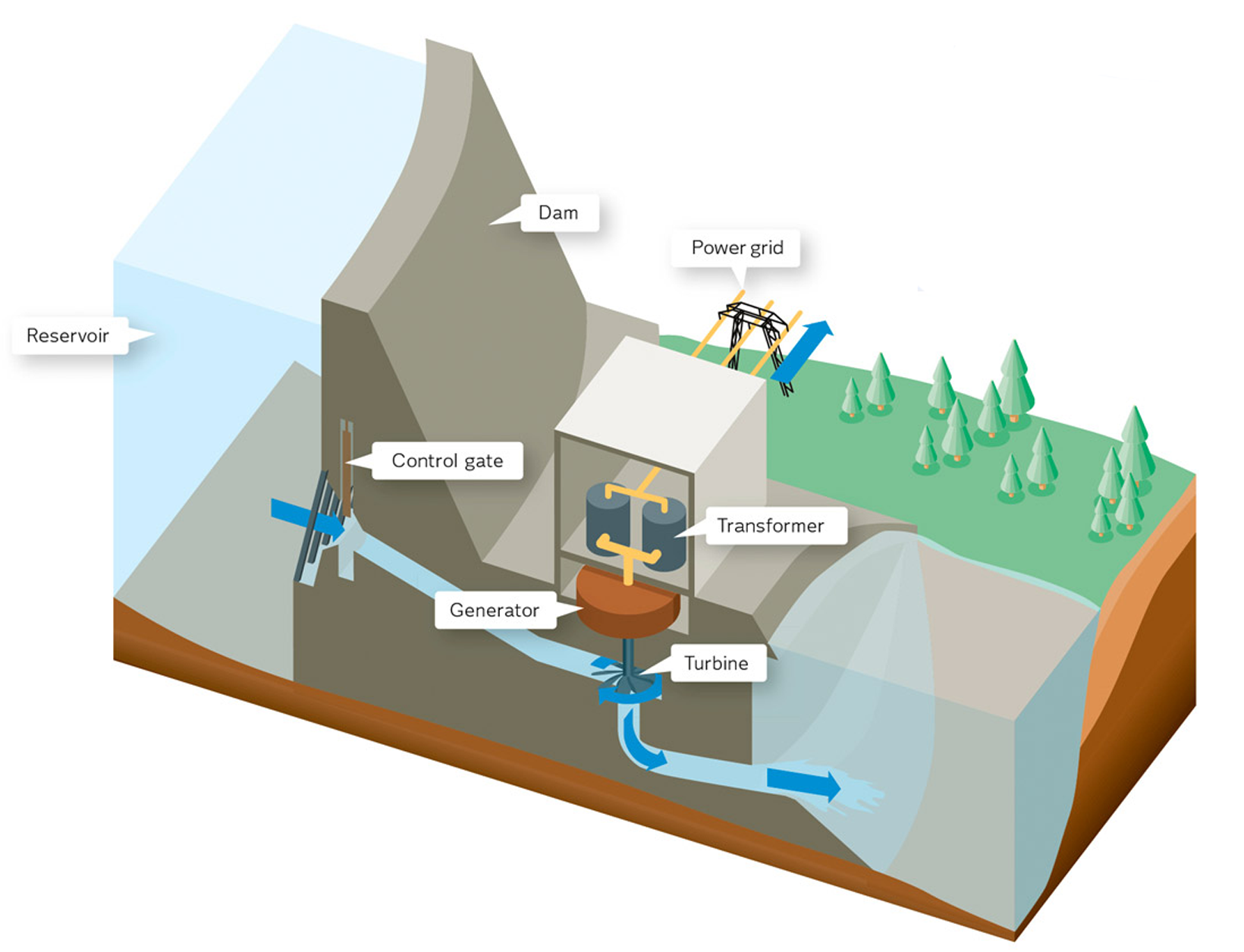
How Hydropower Works
The energy of this water cycle, can be used to develop and supply energy or for mechanical work output. Hydropower uses water and since the water cycle is considered an endless process, hydropower is considered a renewable energy.
Hydroelectric power is moving water turned into energy, water is used to generate energy through a variety of devices although the most common is a turbine, these turbines then spin to convert the kinetic energy into electrical energy to supply it to the national grid to be used by governments and industry.
Hydro Power
The power obtainable from subsiding water can be calculated from the flow rate and density of water, the height of fall, and the local acceleration due to gravity. In SI units, the power is:
- P = ηρQgh
- P is power in watts
- η is the dimensionless efficiency of the turbine
- ρ is the density of water in kilograms per cubic metre
- Q is the flow in cubic metres per second
- g is the acceleration due to gravity
- h is the height difference between inlet and outlet in metres
To demonstrate, power is calculated for a turbine that is 85% efficient, with water at 1000 kg/cubic metre (62.5 pounds/cubic foot) and a flow rate of 80 cubic-meters/second (2800 cubic-feet/second), gravity of 9.81 metres per second squared and with a net head of 145 m (480 ft).
In SI units:
Power (W) = 0.85 x 1000 x 80 x 9.81 x 145
note: gives approximately 97 MW (130,000 horsepower)
In English units, the density is given in pounds per cubic foot so acceleration due to gravity is inherent in the unit of weight. A conversion factor is required to change from foot lbs/second to kilowatts:
Power (W) = 0.85 x 62.5 x 2800 x 480 x 1.356
note: gives approximately 97 MW (130,000 horsepower)
The Power of Water
Sizes of Hydroelectric Power Plants
The size of the sites and machinery can vary from large macro sites designed to power towns and cities to smaller macro devices used for smaller sites or for individuals to use to generate energy to use in their own home or business or to sell back to national grids.
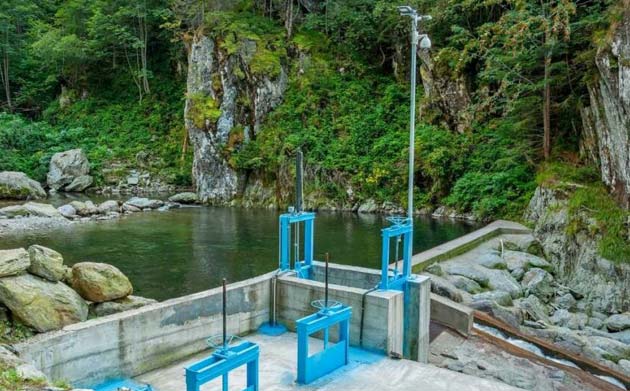
Micro Hydropower
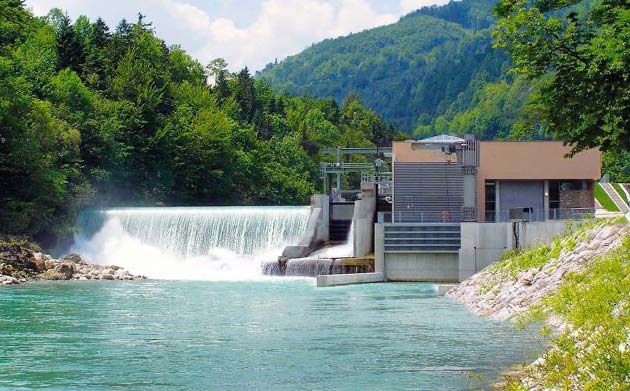
Small Hydropower
